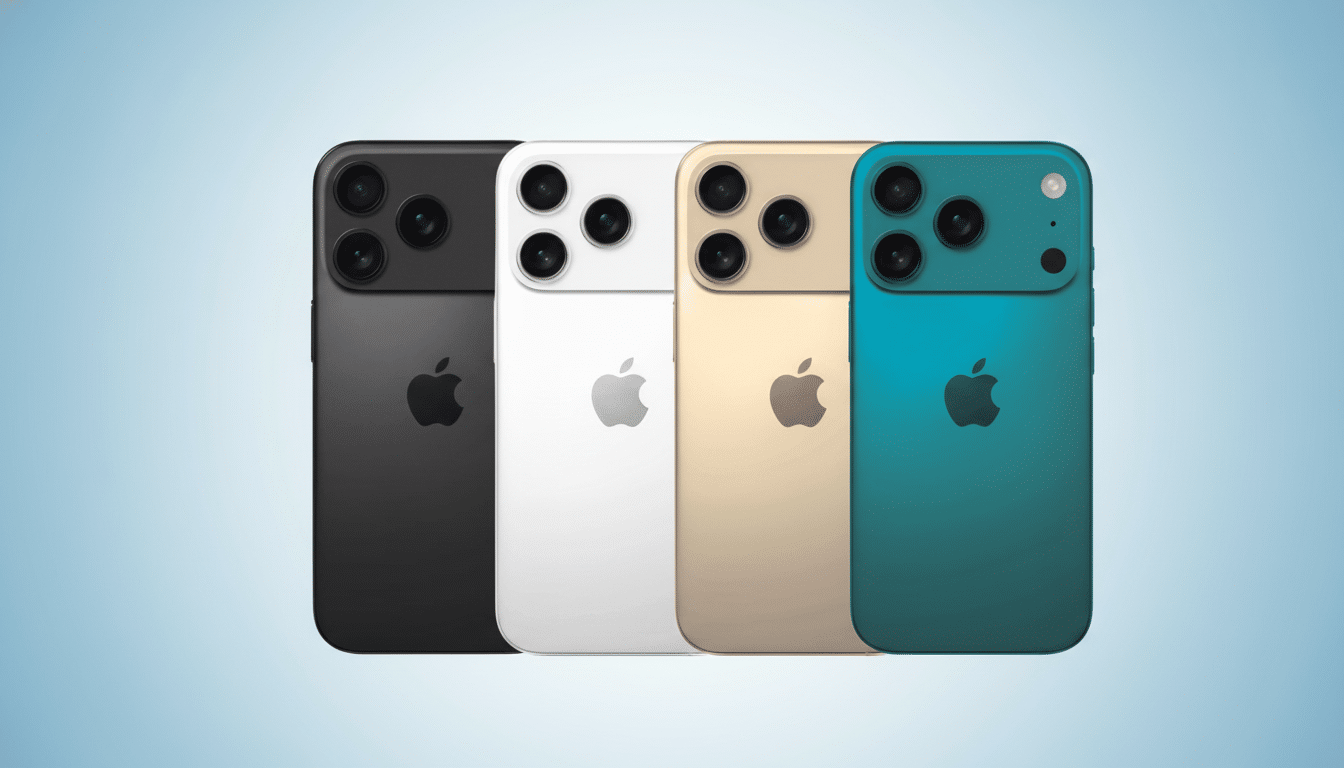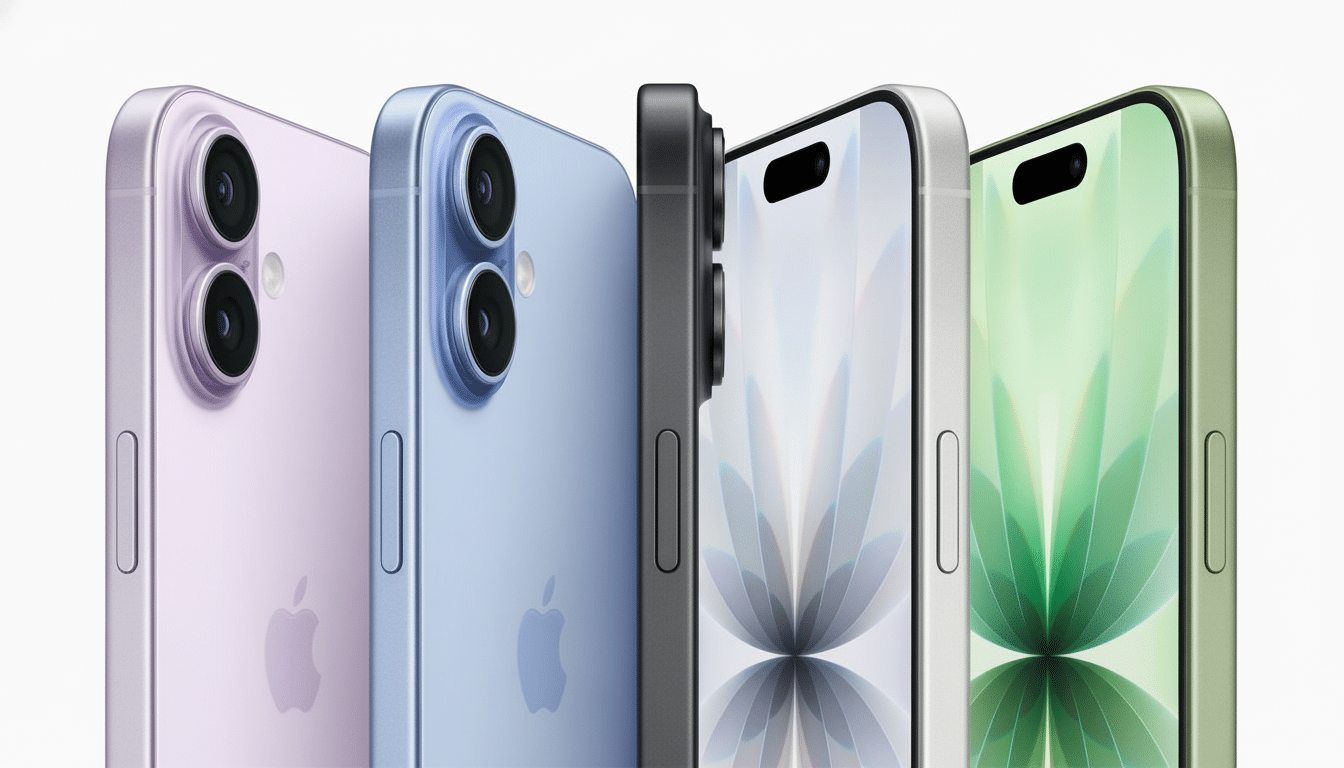Another iPhone release, another viral concern. This time it’s “scratchgate” — reports of the iPhone 17 range scratching too easily, from social posts to store sightings. Apple’s response, as transmitted to a number of outlets, is more or less: don’t freak out. What people are seeing is mostly removable residue left by deteriorating MagSafe stands, not permanent damage, the company says.
What led to the iPhone 17 scratching uproar and why
Reports began to emerge as the devices popped onto shelves, accompanied by photos and videos of splotches on deep blue iPhone 17 Pro and Pro Max units or scuffs on Space Black models. Bloomberg noted that demo phones in New York, Hong Kong, Shanghai, and London bore visible rings at the same spots where MagSafe contacts would line up. On China’s Weibo, a related hashtag drew tens of millions of views, and creators on YouTube — including JerryRigEverything — demonstrated how easily fresh marks could appear and sometimes be erased.

The dustup has evoked memories of previous iPhones that generated controversy, but two things have complicated the story: not all marks act the same, and not every part of the phone holds up to wear in the same way.
That combination of removable residue, light surface scuffs, and a couple of real scratches made early anecdotes look worse than the foundational materials science justifies.
Apple’s explanation and guidance on residue and wear
Apple has reportedly blamed many circle-shaped marks on store units on aging or stained MagSafe stands that transfer residue to the phone’s finish, according to guidance shared with 9to5Mac and CNET. Apple says those rings should wash off with a microfiber cloth and elbow grease. The company insists that the iPhone 17 finishes satisfy industry durability standards, while acknowledging that some tiny abrasions can happen with regular use — particularly around high-contact edges.
Put another way, Apple is signaling that there’s a difference between cosmetic residue left behind by third-party contact (easy enough to polish out) and the sort of tiny nicks any metal finish can accumulate over time (unavoidable but generally negligible).
What the iFixit teardown reveals about materials
iFixit’s teardown is here, and also interesting for its depth. Apple moved the Pro models to a heat‑forged aluminum frame this cycle, which is finished with anodization — an electrochemical process that grows a protective layer of aluminum oxide and lets them add very deep colors. On flat surfaces, that layer achieves excellent scratch resistance. Coatings may be thinner or less uniform, however, at sharp corners where they are more susceptible to wear.
Metallurgical experts iFixit consulted have said that differences in oxide hardness between materials used previously and today do not fully account for reports of the new metal developing small scars. Geometry does. The iPhone 17 has a wider camera plateau, too, which creates crisp edges where high-contact wear is more likely to shear or flake the finish. That conforms with most images that show initial damage around the camera bump’s border rather than along the broader back panel.

In side-by-side tests, iFixit also found that the standard model’s camera area with a ceramic-infused cover was more capable of resisting visible scratching than the anodized metal edges on the Pro. That’s not an indictment of aluminum so much as it is evidence of how edge radii and material stacks decide where the marks will show up first.
Real‑world experience versus controlled lab durability
Given the mixed outcomes of popular videos testing durability, this makes sense. In some of the clips, natural-looking “scratches” on the back wiped away immediately — in line with MagSafe’s history of residue transfer. There also remain bright lines at sharper edges after swabbing in some samples, indicating a peeling effect in thinner anodic layers. Store demo units are a worst‑case scenario: tens of thousands of inquisitive hands, dusty pockets, and exhausted charging stands all adding up to create transfer films and micro‑abrasives all day long.
You’re also less likely to experience that same instant wear if you’re unboxing a new phone in your own home. Consumer behavior is a consideration, too: grit between a stand and the phone or tossing a bare device onto a stone tabletop or sliding it across metal can result in real scratches on nearly any finish.
Should you be worried about scratches on iPhone 17?
For most purchasers, no. Apple’s answer covers the majority of the resulting viral ring marks, which generally wipe off on their own.
The finish of the flat surfaces looks solid, and attention does need to be paid especially to the sharp metal edges around the camera plateau. That’s a reasonable risk, not an absolute deal‑breaker.
If you still like the clean look, a thin case or camera-bump protector will take almost all day‑to‑day scuff opportunities off the table — but leave MagSafe behind. If you go without, you can take some simple habits to heart, like keeping the phone and charging surfaces clean, not laying it down on gritty tables, and giving the back a quick wipe after docked charging. These are steps to tackle the precise machinations of those reports — residue transfer and edge abrasion — without altering how you use the phone.
The bottom line: the finish of the iPhone 17 is not fragile, and Apple’s message to users can be paraphrased this way: judge it based on everyday use, not whether store demos are able to survive rough‑and‑tumble lives. The row illustrates a genuine — albeit localized — vulnerability at the sort of sharp edge that smart design tweaks can minimize in future models, and simple care will mostly avoid it now.

